On Juneteeth, we celebrate the end of slavery and the resilience of the African American community. In that spirit, we’re taking a look at a historically Black neighborhood in our nation’s capitol and those who have weathered the ups and downs in the area for decades.
Ninety-two-year-old Virigina Ali is an institution in and of herself on Washington DC’s U Street. She still loves going from table to table at the restaurant she and her late husband Ben started nearly 70 years ago — the DC landmark Ben’s Chili Bowl.
“He asked if I would be willing to partner with him in opening a little restaurant. And I thought oh wow, yes, it’s more people for me to enjoy, because I really genuinely enjoy people,” she recalled.
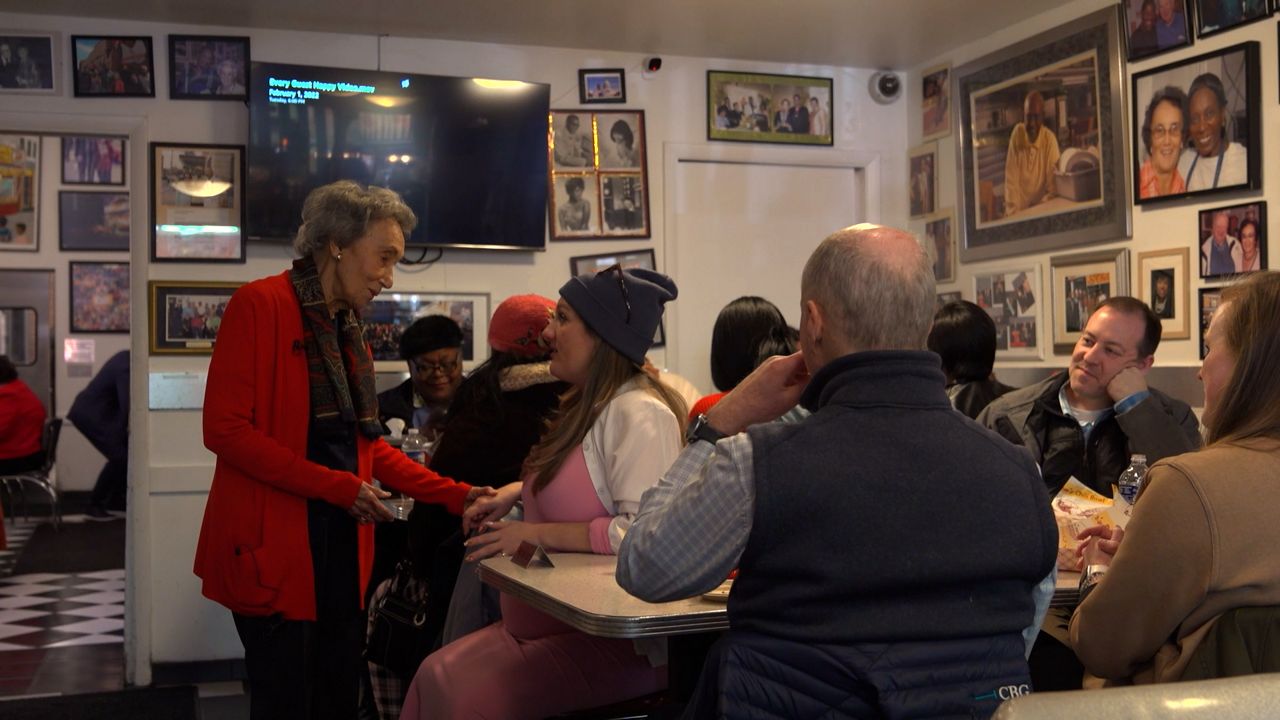
Ben’s is one of a handful of businesses that have persevered in Washington DC’s historic U Street corridor — the section of the street between 9th and 18th streets — for more than half a century, through both prosperity and upheaval.
The community started to grow in the late 1800s — and by the early 1900s, U Street was known as an epicenter of Black culture.
“It was a huge time for Black people in the arts, playing music, singing, writing, and with Howard University right down the street, there was also just a surge in intellectual empowerment that was happening,” said Cherise Rhyns, the general manager of the Lincoln Theater.
The Lincoln first opened its doors in 1922. In its early days, it was known as a major “first-run” movie house for the Black community, bringing top films to underserved audiences.
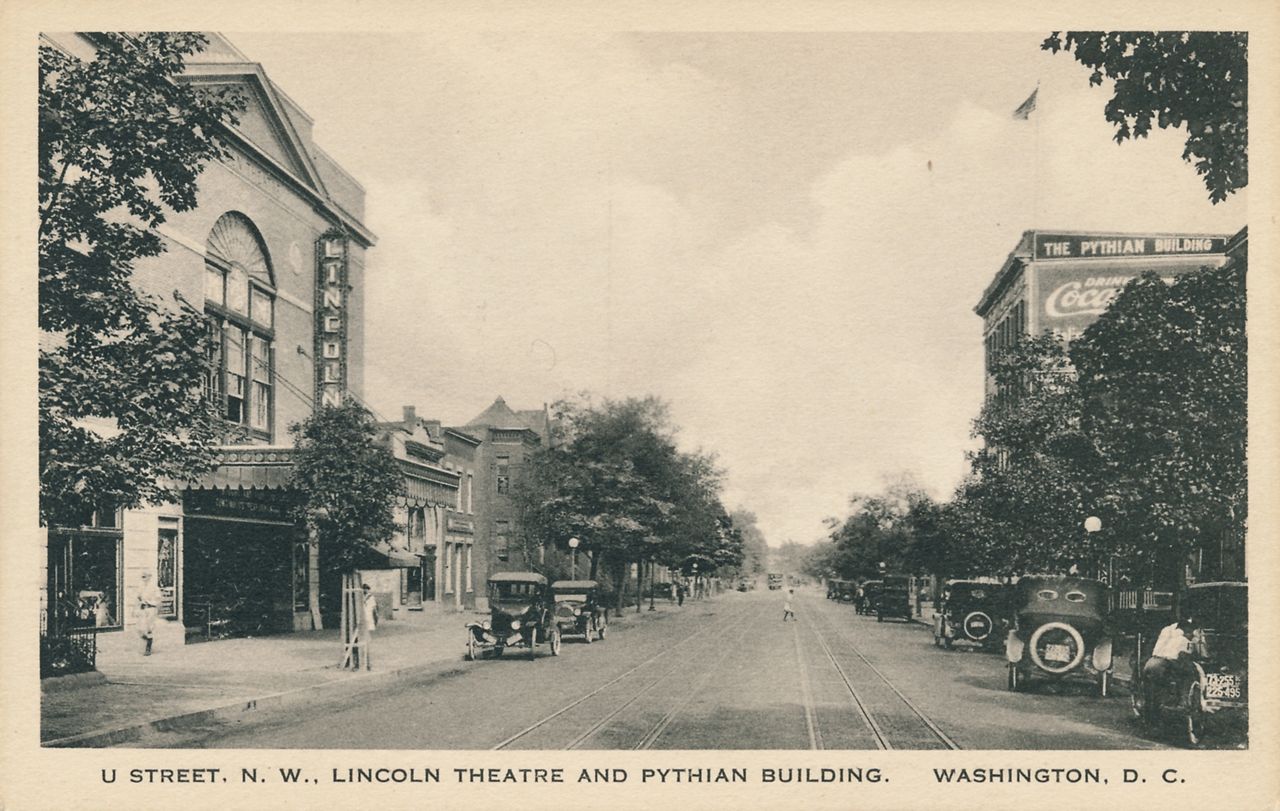
“The idea of being able to see a film when it first came out and to not have to wait weeks or months to see it just because of the color of your skin was a huge, huge deal,” said Rhyns.
Later on, Black artists like Billie Holliday, Nat King Cole, and Ella Fitzgerald performed on the Lincoln’s stage and President Franklin Roosevelt held birthday parties in its ballroom. The neighborhood was in its heyday.
“There was no Friday or Saturday night that we didn't have a party or dinner to go to,” said Ali.
Against the backdrop of a segregated DC, U Street served as a haven for Black residents and businesses.
“U Street was a hub of Black economic excellence. There were Black people who had money to spend and there were financial institutions that were willing to lend money to them,” said Rhyns. “So all of that went into play, and people wanted to kind of keep their money where they lived.”
U Street was still thriving during the Civil Rights Movement in the 1950s and 60s — and Ben’s Chili Bowl emerged as a meeting place for its leaders.
“One day in 1963, we look up and there’s Martin Luther King,” said Ali.
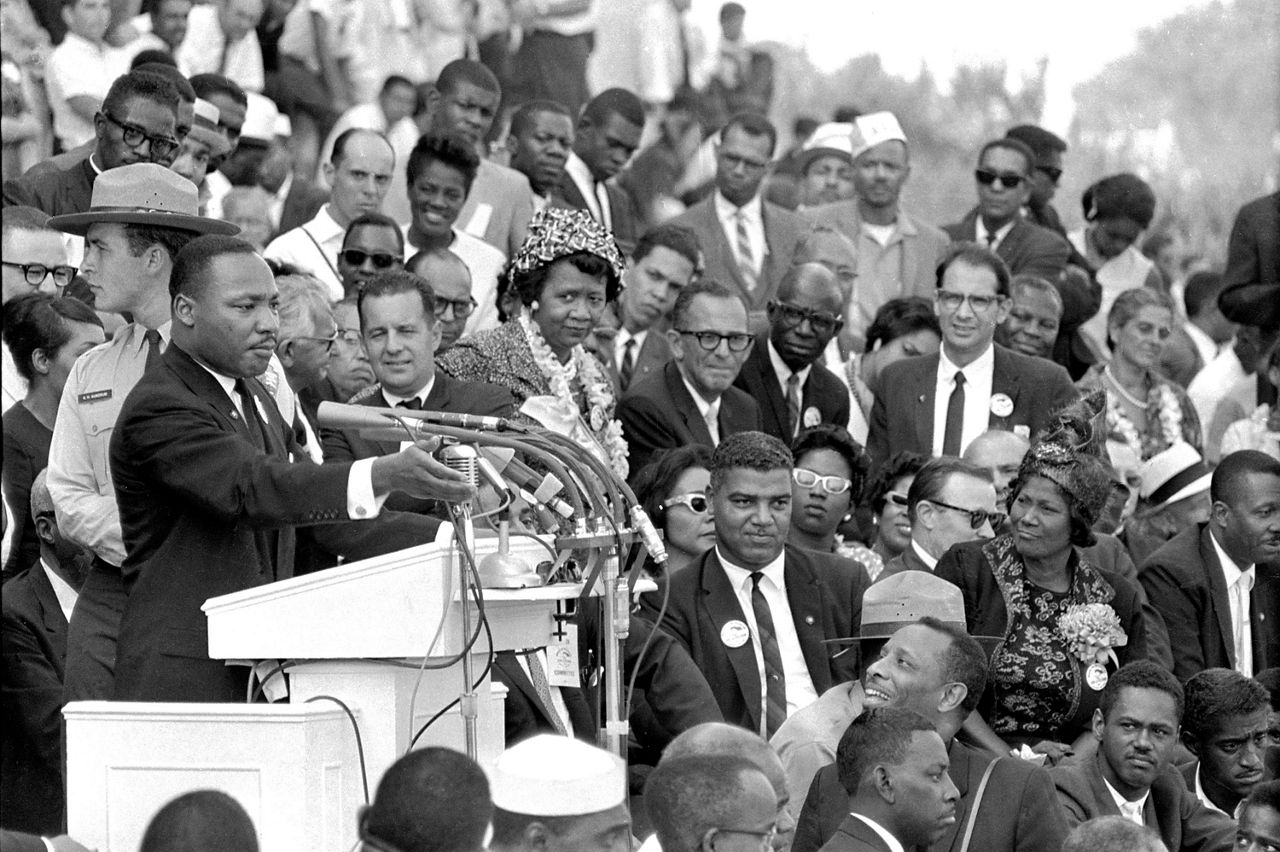
Five years later, though, tragedy struck.
“Someone runs in that door and yells that Dr. King has been assassinated,” Ali remembered. “People were crying, openly sobbing.”
This tragedy would also precipitate the decline of DC’s U Street. Widespread rioting and unrest after King’s assassination erupted across the district, with the intersection of 14th and U Streets as the focal point.
)
“It was horrible to see that,” Ali recalled. “Horrible to hear Molotov cocktails being thrown in windows, and you hear windows crashing.”
Ben’s was among the lucky few businesses to make it through. In a now-integrated DC, most relocated elsewhere, and U Street fell into decline for several decades.
“The middle class moved away," Ali said. “Heroin moved in and crack cocaine moved in."
The construction of the U Street metro station made things worse.
“What did they do? Dig up the entire street, 65 feet down. I had one employee, but I refused to close,” Ali said. “That was another very, very difficult time. But we survived."
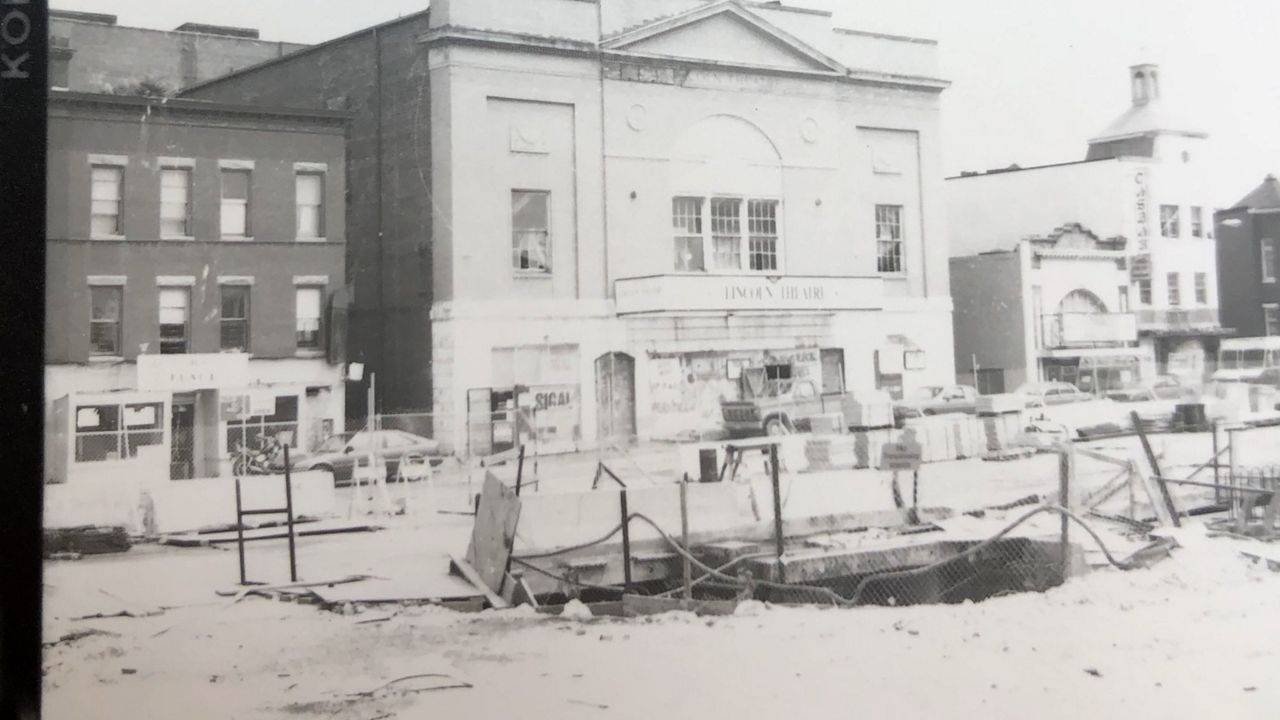
The city finally completed the metro construction in 1991.
“I had a banner made and I had big old vehicle come and put it up across the top of my building that said, we survived Metro, and we did,” recalled Ali.
The project that had brought so much hardship to the neighborhood suddenly ushered in a wave of new development.
U Street is vibrant once again — and people with deep roots in the community are looking to the future with optimism — with the help of individuals and institutions with deep roots in the community.
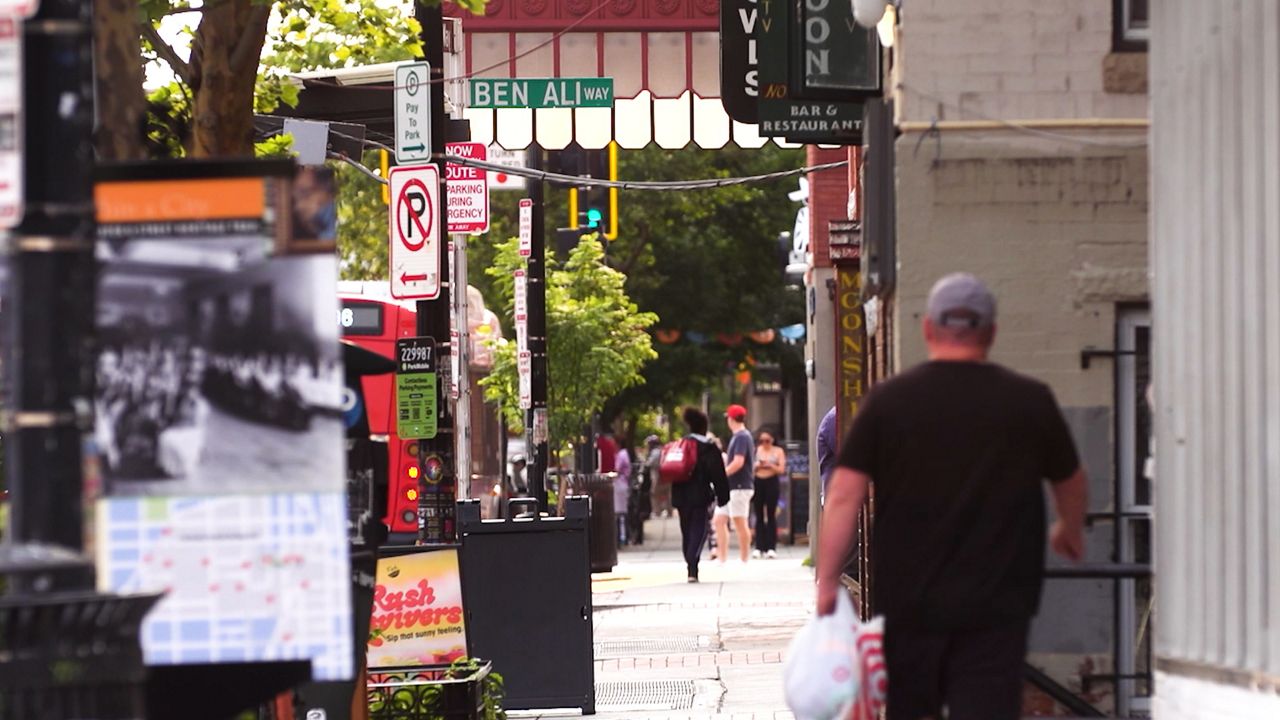
The Lincoln Theater, which closed during the neighborhood’s decline, is now thriving — hosting everything from pop conserts to comedy specials to conversations with public figures.
“People ask me, ‘what do you guys have going on?' And literally every day, in a week it could be a different answer and it makes coming to work really exciting and fun,” said Rhyns.
“I hope that my children will enjoy this as much as I did. And I hope when they do open up and they go further, that they will make sure they are a community-oriented Chilli Bowl,” said Ali.
Those who have endured are adapting to a new era of growth — paving the way for the next generation.




